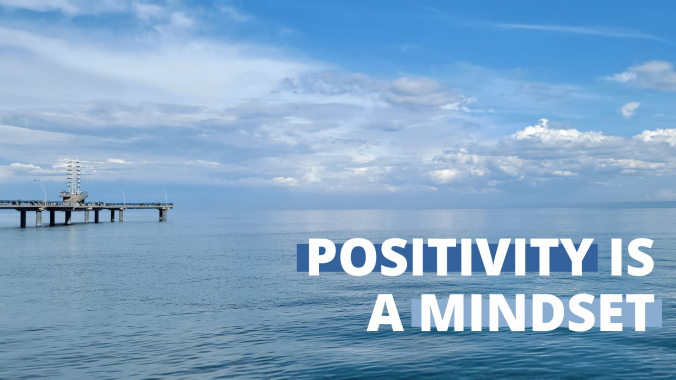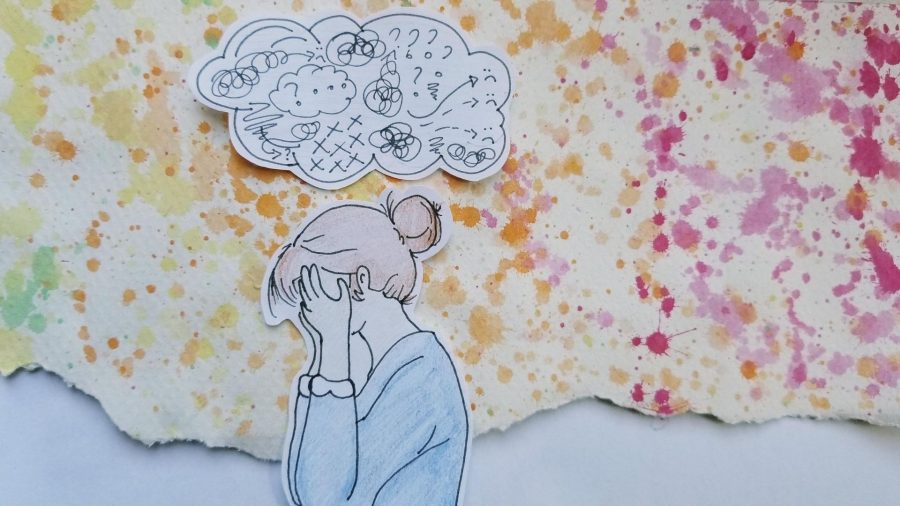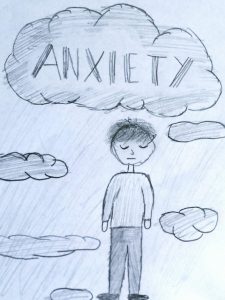To begin, I would like to clear out some common myths about positivity so that you are able to truly foster a positive attitude that actually helps you surpass the many challenges that roll up in your life and can help you lead a meaningful and fulfilling life.
First, positivity is not about always smiling and being cheery. Positive thinking is not about always laughing and being upbeat, because sadness and anger are a natural part of human emotions, rather a positive mindset is a tool that helps you look for the hope and better aspects of situations so that you are able to cope and deal more easily with tough situations.
In relation to the point above, it is important to conquer the myth that “positivity solves nothing, it is just a distraction” Because of the way positivity is displayed as a never-ending smile, no wonder people think positivity is phony and fake. It must be understood that positivity is not about covering up our problems and struggles by over-exaggerating the good point. Real positive thinking is rather reframing our perspective to gain a clearer view of the events in front of us so that you are able to take action rationally and responsibly for the better.
Thirdly, positivity is not a shield that will protect you from bad things. Many people gave up trying to be positive because they had this misconception that positive thinking would take away all their worries. Positive thinking helps you remain dedicated and optimistic when under the dark clouds but in no way can promise that the dark clouds will never appear because evidently, we have no control over the way this world works. Positive thinking provides us with the willingness to use coping skills during such hardships and times of stress.
Misinformation can truly blind us to life’s most important truths and experiences, so hopefully, by busting these myths and giving answers to common misconceptions you were able to better understand what positivity means and are eager to foster into your perspective. Positivity is the act of training your brain to think and respond to situations optimistically and calmly. It does indeed seem flaky and simple, but this is once again something we do, and rightfully so, takes time and conscious effort every day. But the rewards are certainly worth it.
Perhaps you need some more reasons to think positively, well here goes…
The Mayo Clinic even shares that researchers are continuously exploring the effects of positive thinking on our health; some proven health benefits of positive thinking include:
- Increased life span
- Lower rates of depression
- Lower levels of distress
- Greater resistance to the common cold
- Better psychological and physical well-being
- Better cardiovascular health and reduced risk of death from cardiovascular disease
Here is some more rewarding news: People with a family history of heart disease who also had a positive outlook were one-third less likely to have a heart attack or other cardiovascular event within five to 25 years than those with a more negative outlook, concluded a finding from Johns Hopkins expert Lisa R. Yanek, M.P.H.




 Tip: Check out the wellness tracker. It’s a simple but powerful tool designed to help you remember the promises you make to yourself. As you complete wellness activities your tree will blossom, and so will you!
Tip: Check out the wellness tracker. It’s a simple but powerful tool designed to help you remember the promises you make to yourself. As you complete wellness activities your tree will blossom, and so will you!